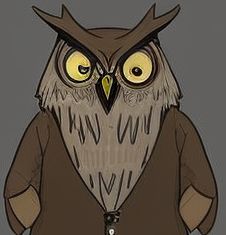3,081 reads
Surpassing ATS and Optimizing Your Resume via ChatGPT
by
September 6th, 2023
Audio Presented by

The type of guy who will use ChatGPT to write a bio and still get confused.
Story's Credibility



About Author
The type of guy who will use ChatGPT to write a bio and still get confused.